7 Spring Bulbs To Plant In October – For A Dazzling Display Of Color
Planting spring bulbs in October is a great way to prepare for the next growing season. These stunning varieties will make your garden radiant with color.
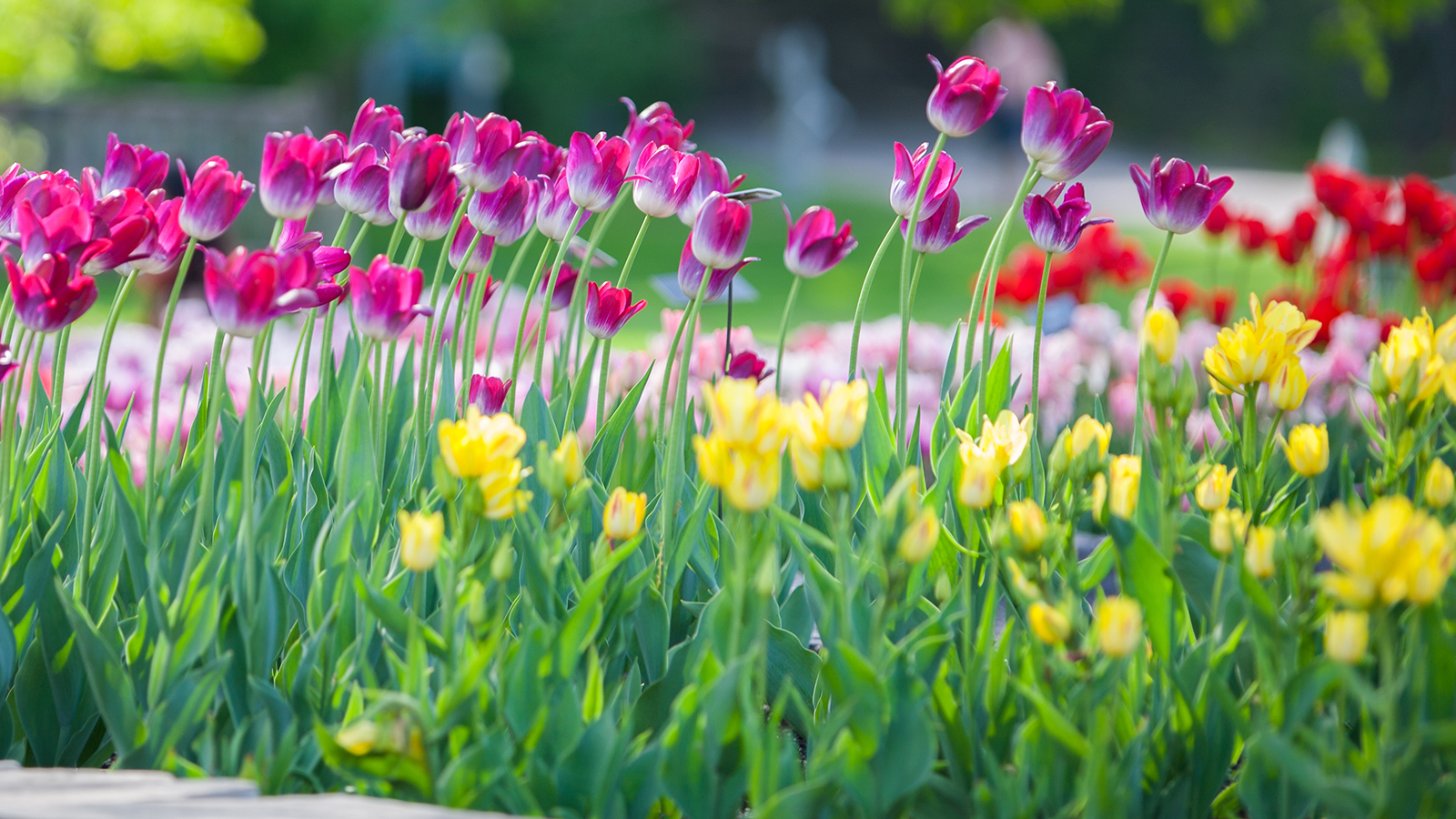

When it seems like there isn’t much left to do in the garden, it’s about the right time to plant spring bulbs. Though they bloom in the spring, these bulbs need to be planted in the fall so they can overwinter in the ground before emerging once the frost starts to melt. October is a good time for this garden chore in many regions, as long as the ground hasn’t frozen and is still workable.
Start by finding a good spot for planting spring bulbs. The soil should drain well, as bulbs will rot in standing water. Most flowers that grow from bulbs need full sun, so keep that in mind as well – although there are some flowering bulbs for partial shade.
Spring bulbs provide early color and are great for positioning in-between the best perennials to plant in fall, which will emerge and bloom later. Also consider planting bulbs in a pot lasagna style, or naturalizing bulbs in a drift across the lawn. Planning bulbs based on the timing of the blooms will give you the most continuous flowers possible from late winter to early summer.
A good general rule for bulbs is to plant them to a depth that is about three times as deep as the height of the bulb. Place the pointy part of the bulb up and the roots down. Fill in with soil and water the bulbs once. If you have a lot of digging critters, consider placing mesh over newly planted bulbs to protect them.
Here are seven of the prettiest spring flowers you can start planting now and some tips for getting the best results.
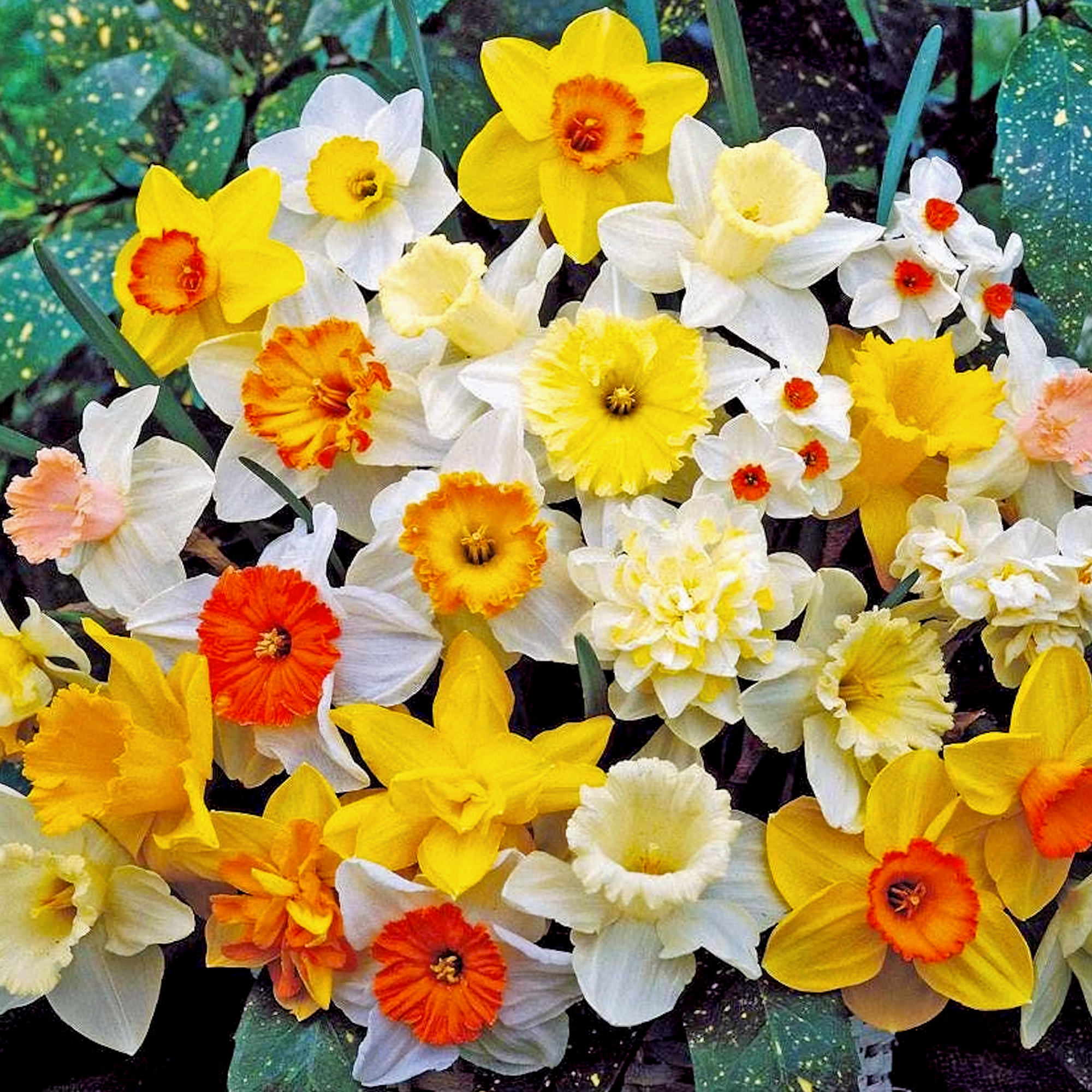
Nothing heralds spring quite like the sight of vibrant bulbs popping up through the soil. These hand-picked bulb collections are designed to work together to give you the most glorious display.
1. Crocus
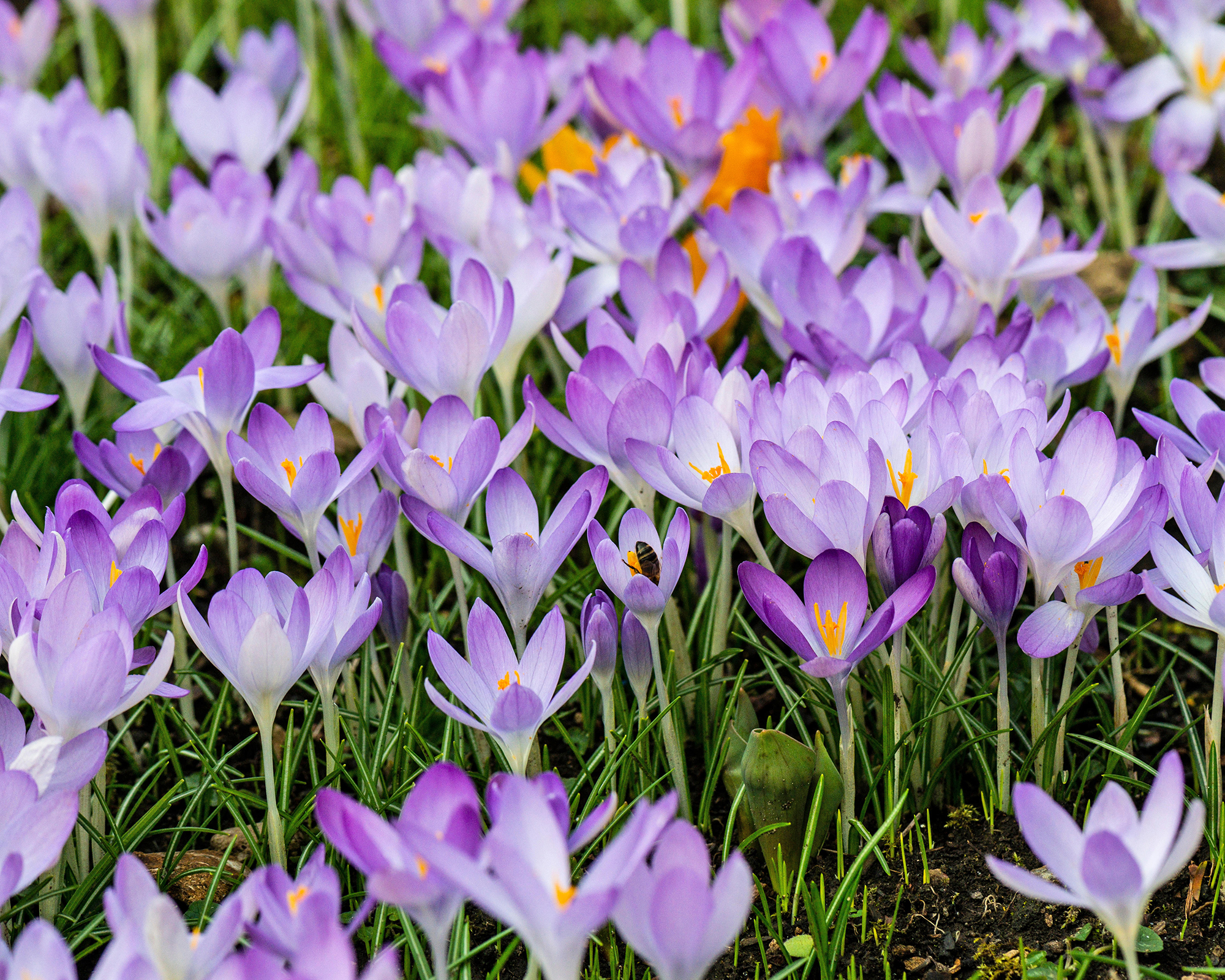
One of the earliest spring flowers to emerge from bulbs planted in fall is the diminutive crocus. In northern climates, they often emerge and bloom in the snow. Suitable for USDA hardiness zones 3 through 8, crocuses can tolerate partial shade but also like full sun.
Because they grow low to the ground, crocuses look nice when planted throughout the lawn. They pop up in early spring, adding color and visual interest. You can also plant them in masses anywhere in the garden for a spectacular spring display.
Gardening tips, videos, info and more delivered right to your inbox!
Sign up for the Gardening Know How newsletter today and receive a free copy of our e-book "How to Grow Delicious Tomatoes".
Crocuses are most well known for being purple, but you can also find them in white, yellow and even striped varieties.
2. Dwarf Iris

Another early flower is dwarf iris – or reticulated iris. It emerges in late winter and early spring and is hardy in zones 3 through 9.
Pollinators love these flowers, so they make a great choice for supporting bees and other native insects early in the growing season.
Dwarf irises are striking blooms that come in a range of colors, from purple, to yellow to bronze.
3. Daffodils
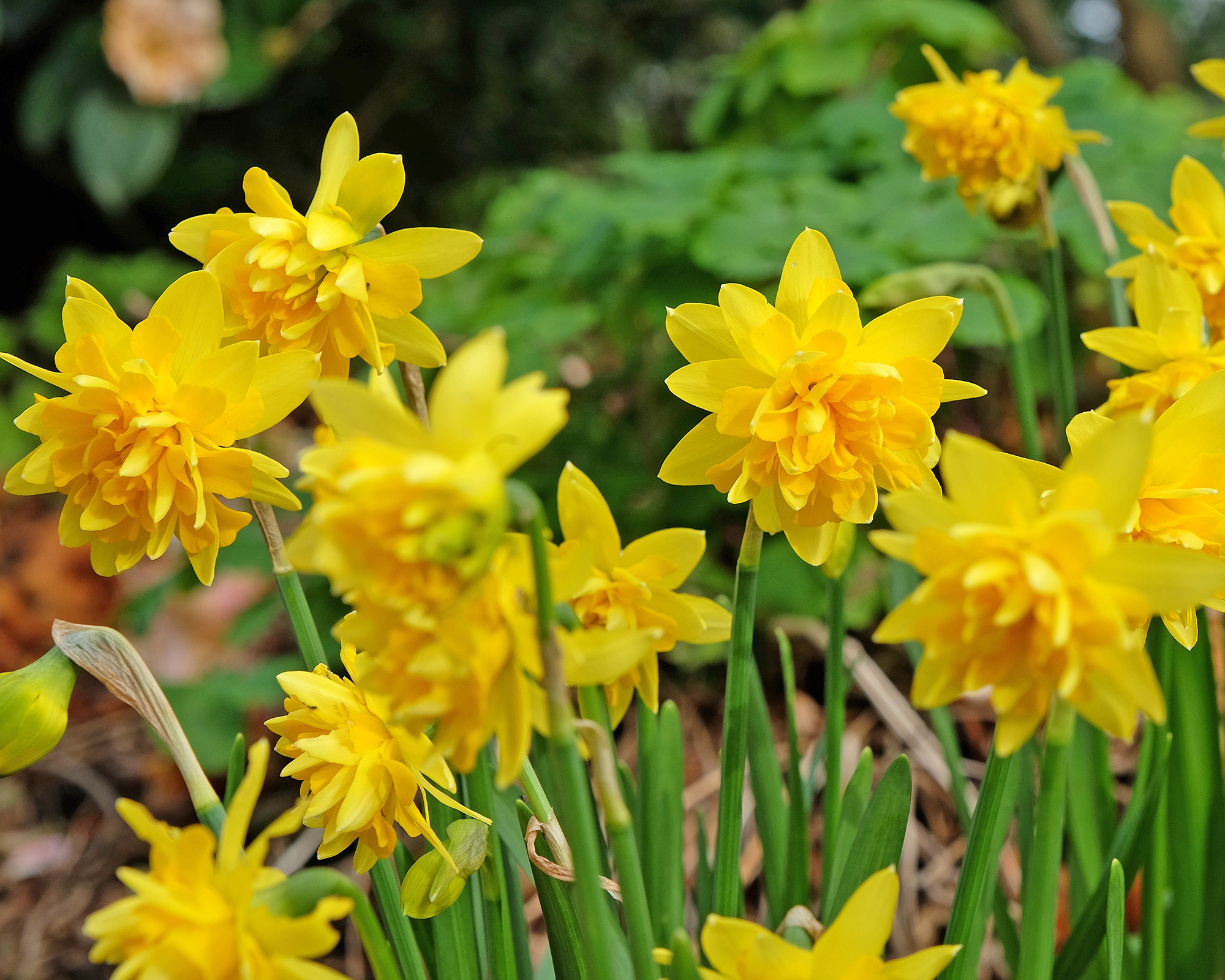
Daffodils are highly anticipated signs of spring every year. These cheerful yellow blooms arrive early, sometimes even while there is still snow on the ground.
While yellow is characteristic of daffodils, you can also find varieties that are white, peach, pink, and multicolored.
Use daffodils liberally if you have a lot of wildlife. They are deer, squirrel, and chipmunk resistant.
Daffodils are hardy in zones 4 through 8 and need full sun.
4. Tulips
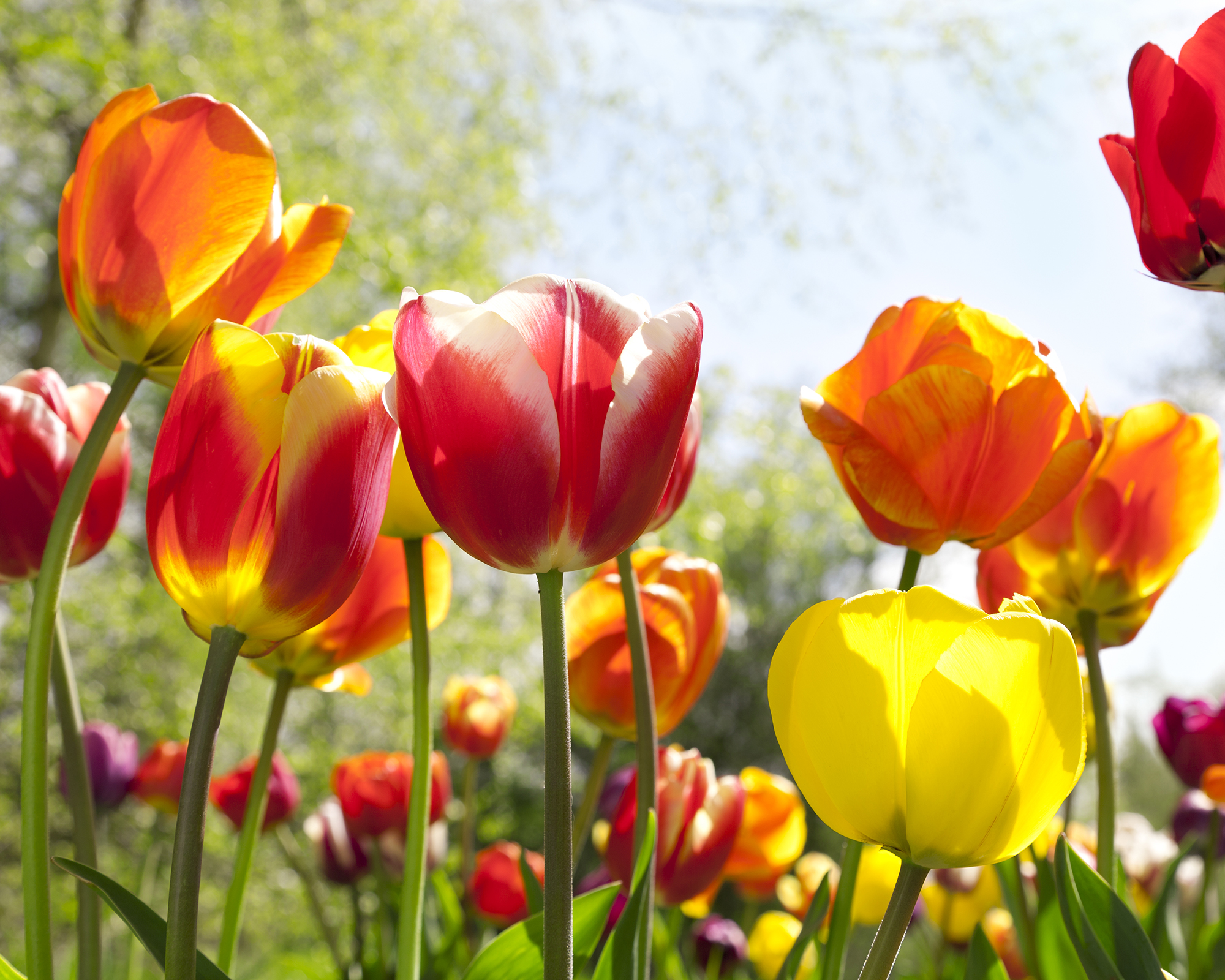
Tulips are among the most recognizable of all spring flowers and are suitable for zones 3 through 8. Blooming from early to late spring, tulips have been bred for many different color and petal variations.
They look spectacular when planted in masses of different colors. Plant tulip and daffodil bulbs together to enjoy these beauties after the daffodils have faded.
Be aware that there are some drawbacks to growing tulips. They are very susceptible to being eaten by wildlife. Also, due to extensive hybridization and hungry critters, tulips don’t always bloom again the following year. Treat them as annuals and you won't be disappointed.
5. Hyacinth
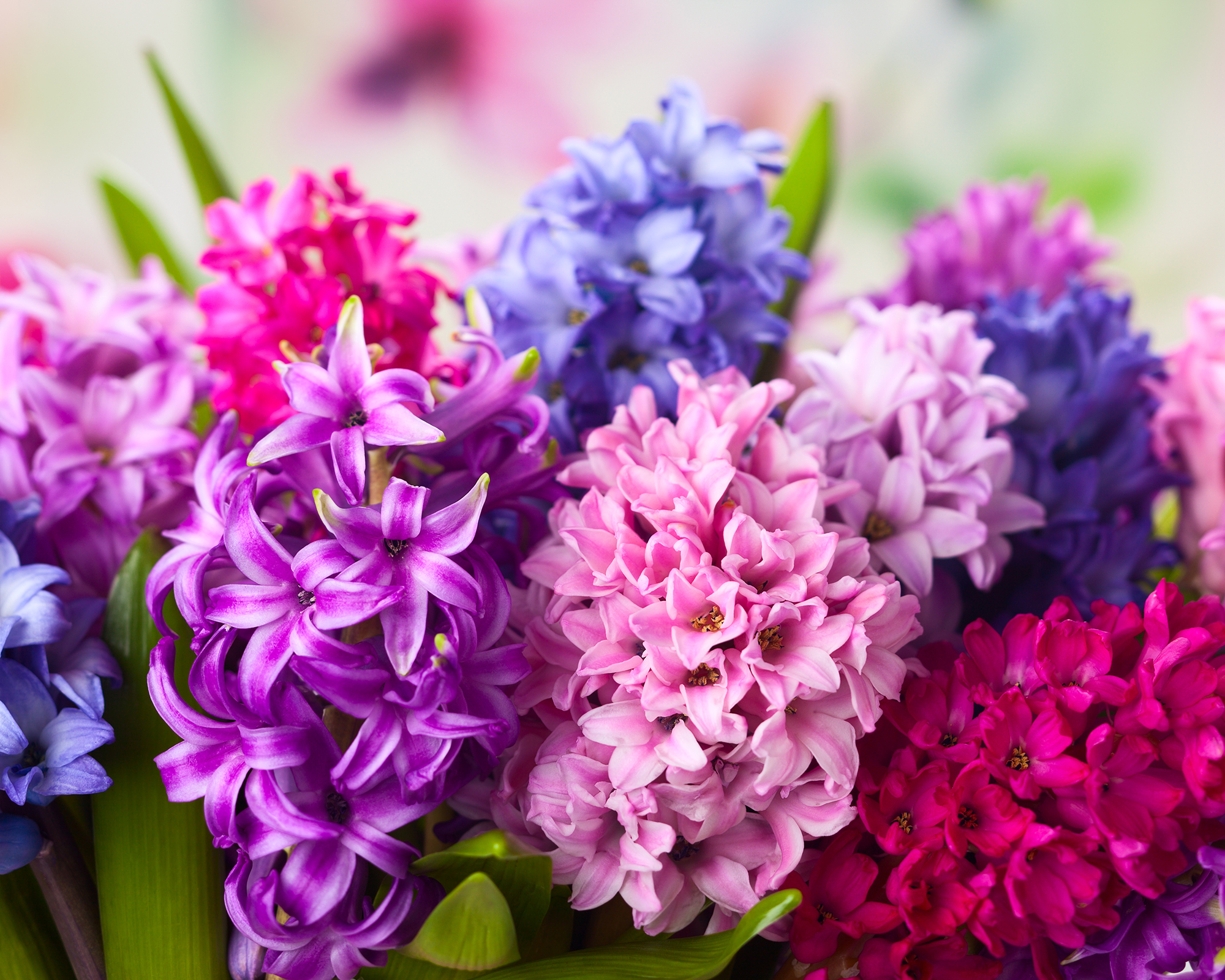
Another important hallmark of spring, hyacinths bloom with clusters of small, very fragrant flowers in shades of spring pastels.
Suitable for zones 4 through 8, hyacinths bloom in spring, often overlapping with daffodils and some tulips. Each bulb only produces one relatively short-lived flower spike, so plant several hyacinth bulbs and layer them with other spring flowers.
Hyacinths are not deer-resistant, so provide protection or avoid where deer are garden visitors.
6. Allium

For a striking spring flower that is deer-resistant, try allium. This onion relative blooms in spring with dramatic spherical flower clusters held on tall, sturdy stems. Flowers come in purple or white and are very attractive to pollinators.
While many types of allium are a few feet tall, you can also find shorter varieties. Alliums are hardy in zones 4 through 10 and can tolerate poor or sandy soil as long as it drains very well.
7. Fritillaria
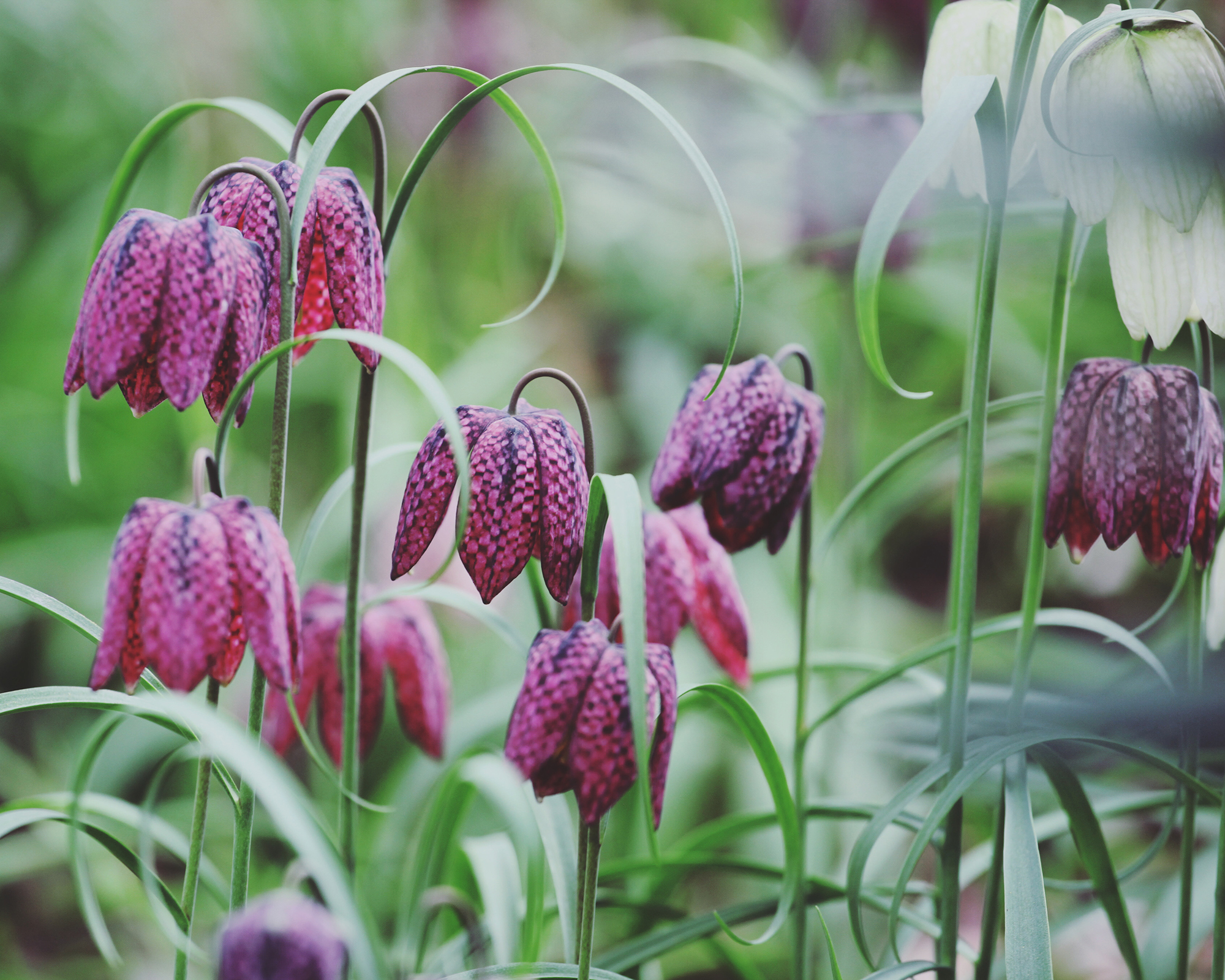
Extend your display of bulbs into late spring and early summer with a planting of fritillaria, or fritillary. Also known as snakehead or checkered lily, these bulbs come in multiple colors but are known for the purple type with a checkered pattern. The bell-shaped flowers bloom in clusters on tall stems.
You can grow fritillaria in zones 3 through 8 in full or partial sun.

Mary Ellen Ellis has been gardening for over 20 years. With degrees in Chemistry and Biology, Mary Ellen's specialties are flowers, native plants, and herbs.
-
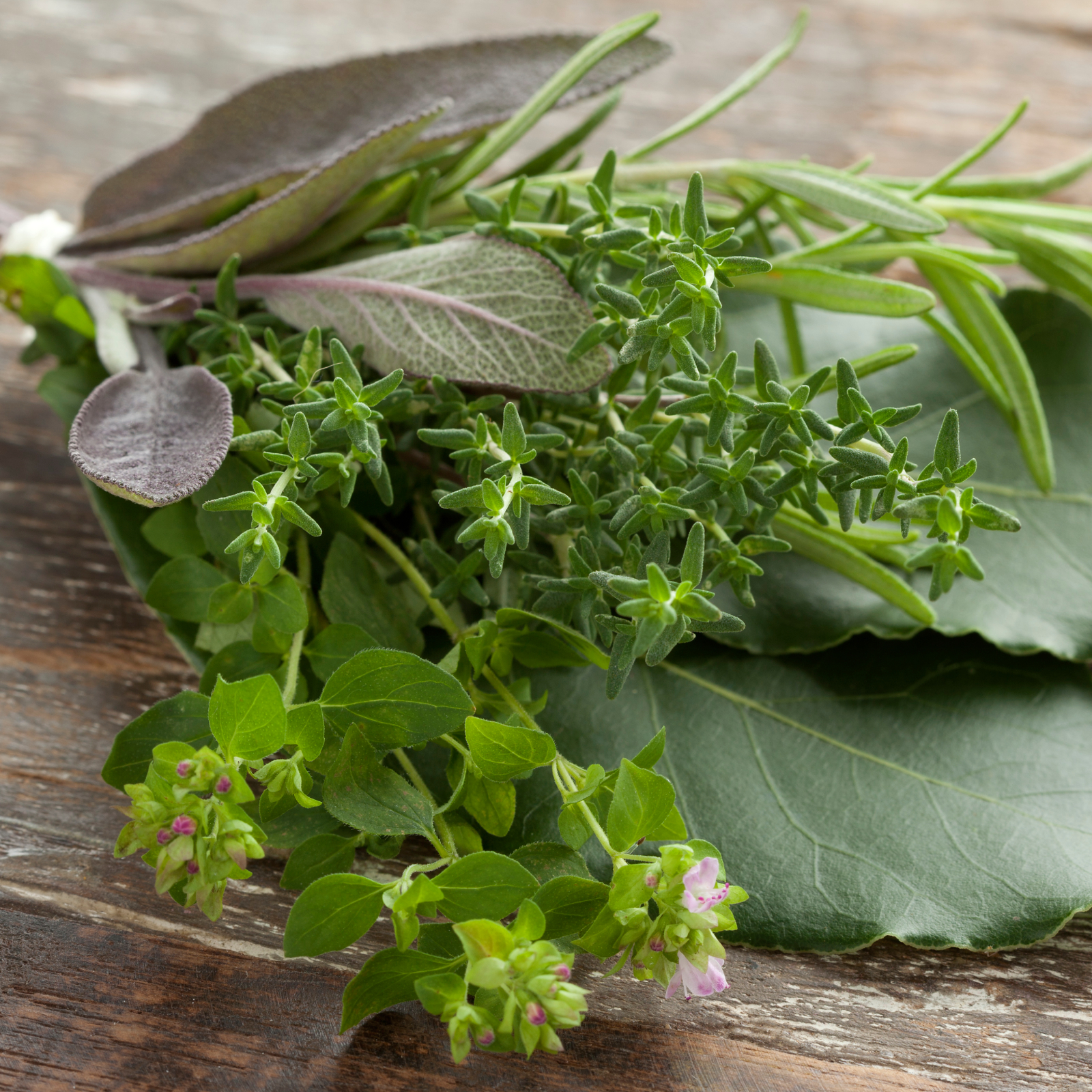 How To Make A Bouquet Garni Or Herb Bundle For Cooking
How To Make A Bouquet Garni Or Herb Bundle For CookingIf you’re a great cook, you may have made an herb bundle before. If this is a new idea, learn how to add sparkle and interest to your dish with a bouquet garni.
By Amy Grant
-
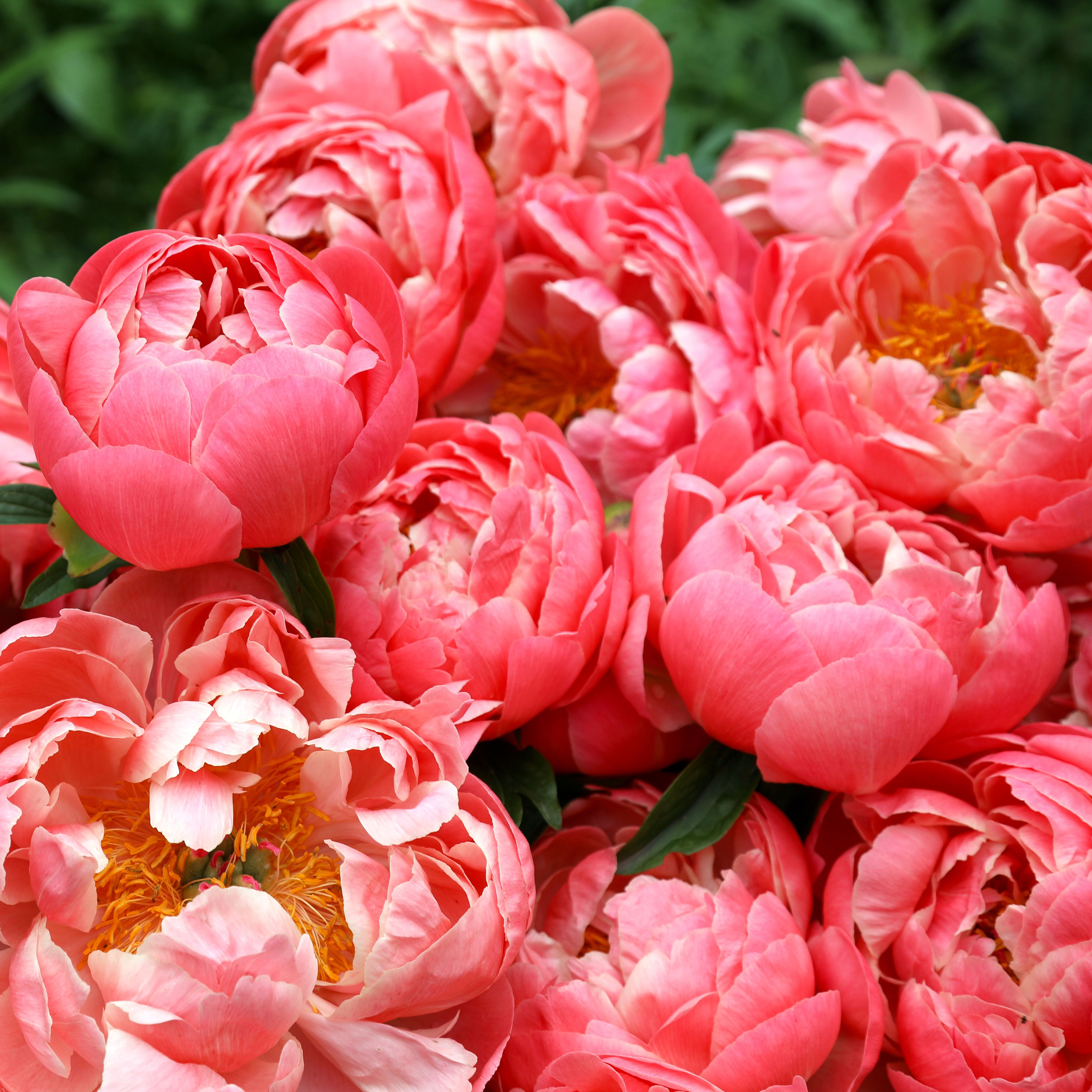 ‘Coral Charm’ Peony Care For Sublime Semi-Double Peonies With Lush Salmon Pink Flowers
‘Coral Charm’ Peony Care For Sublime Semi-Double Peonies With Lush Salmon Pink FlowersPeonies are known for their soft baby pink or magenta tones, but if plushy coral blooms are your thing, here’s our guide to the ultimate ‘Coral Charm’ peony care
By Tonya Barnett